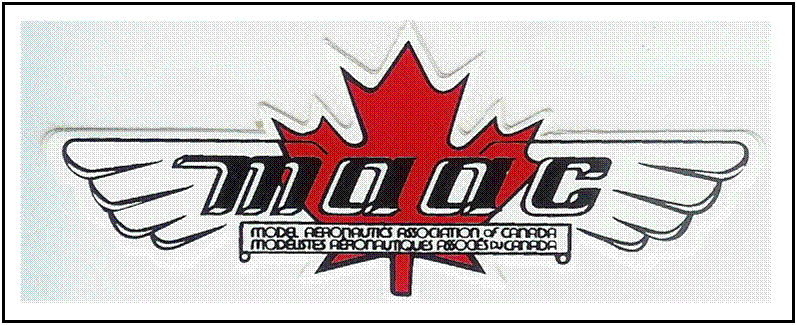

Thermal Flying
Gliders get their motive power from
two primary sources: rising bubbles of warm air called thermals, and wind that
has been deflected upward by ground obstructions creating ridge or slope lift.
In general,
thermals are bubbles of warm air. They have a 'core' where the air is rising
faster than at the edges. They form as blobs of air, heated by the ground or
other heat sources, which break loose and climb through the atmosphere. Thermals
drift with the wind. Since your plane is hopefully in the thermal, it will
drift too.




Thermals are found primarily by watching your plane. If one rises under your right wing, it will lift that wing causing your plane to turn to the left. Flying straight thru a thermal will cause the tail to rise unexpectedly. To stay in a thermal, it does not matter if you turn clockwise or counter clockwise. However, if someone else is already in the thermal, turn in the same direction that they are flying in to reduce a chance of collision. Once you get into a thermal, your plane will begin to rise or at least sink less. Beware of 'brick lifters'. These are thermals that are so strong that they will lift anything, possibly carrying your glider out of site.